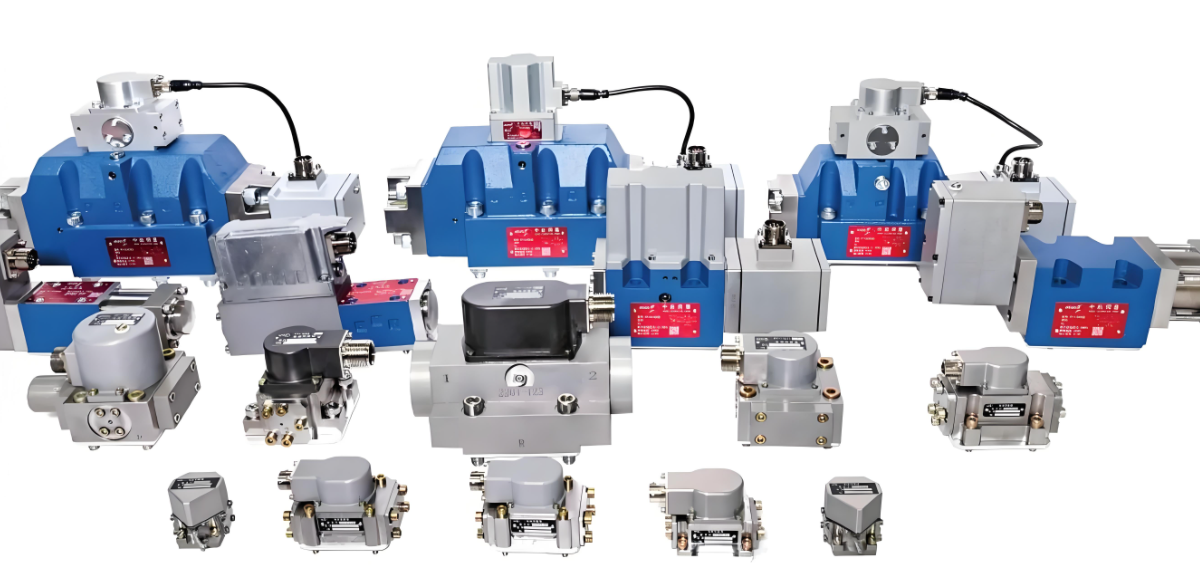Introduction
Servo and proportional valves are critical components in modern hydraulic and pneumatic systems, enabling precise control of flow, pressure, and direction in applications ranging from manufacturing automation to aerospace. To ensure their optimal performance and reliability, specialized testing equipment—Servo & Proportional Valve Test Boxes—are indispensable tools for engineers and technicians. This article explores the design, functionality, and industrial significance of these test boxes.
1. What is a Servo & Proportional Valve Test Box?
A Servo & Proportional Valve Test Box is a dedicated diagnostic device designed to evaluate, calibrate, and troubleshoot servo and proportional valves. These test boxes simulate real-world operating conditions, allowing users to validate valve responses to electrical signals, measure spool displacement, and assess dynamic performance (e.g., frequency response, hysteresis, and linearity).
Key components typically include:
Programmable signal generators (e.g., ±10V, 4–20mA).
High-precision sensors for pressure, flow, and position feedback.
Data acquisition systems with real-time visualization.
Software interfaces for automated test protocols.
2. Key Functions and Testing Capabilities
a) Valve Calibration
Test boxes verify valve null adjustments and linearity by applying controlled input signals and monitoring output parameters (e.g., flow rate vs. current).
b) Dynamic Performance Analysis
Frequency Response Testing: Measures how quickly a valve responds to rapid signal changes.
Step Response Testing: Evaluates stability and overshoot during sudden signal shifts.
c) Fault Diagnostics
Identifies issues such as spool sticking, coil degradation, or contamination-induced wear by analyzing deviations from baseline performance.
d) Durability Testing
Simulates long-term operational cycles to predict valve lifespan under stress.
3. Industrial Applications
Manufacturing: Ensures precision in CNC machines and robotics.
Aerospace: Validates hydraulic actuators in flight control systems.
Energy: Tests valves in wind turbine pitch control or oil/gas pressure regulation.
Automotive: Optimizes performance in automatic transmission and brake systems.
4. Advantages of Modern Test Boxes
Portability: Compact designs enable on-site testing, reducing downtime.
Interoperability: Compatible with multiple valve brands (e.g., Bosch Rexroth, Parker, Moog).
Smart Features: IoT-enabled test boxes integrate with predictive maintenance systems, enabling data-driven decisions.
5. Selecting the Right Test Box
Considerations include:
Valve Type: Ensure compatibility with hydraulic, pneumatic, or electrohydraulic valves.
Signal Range: Match input/output requirements (e.g., 0–5V, PWM).
Software Flexibility: Look for customizable test sequences and compliance with industry standards (e.g., ISO 10770-1).
Conclusion
Servo & Proportional Valve Test Boxes are vital for maintaining the precision and reliability of modern fluid power systems. As industries increasingly adopt smart manufacturing and Industry 4.0 practices, advanced test boxes will play a pivotal role in predictive maintenance and operational efficiency. Investing in robust testing solutions ensures compliance with quality standards and minimizes costly system failures.
This article provides a foundational understanding of servo and proportional valve test boxes, emphasizing their technical rigor and industrial relevance.

